In our last edition we explained the nuances of B2B marketing that make B2B marketing landscape unique.
You can read the article here.
We also mentioned that B2B marketing playbook is evolving, thanks to a host of cultural and social trends. Let’s take a look at some of these trends and their impact:
When it comes to client retention, data has become as important as people: The availability of better data, tracking tools and attribution models have brought about an analytical revolution in the B2B marketing world.
More and more business decisions are being made on the basis of hard metrics like ROI, CAC, and NPS. With rich data easily available, Customer Lifetime Value has become a very important metric. This is making both client and service providers more objective in evaluating relationships. Data is thus a critical factor in ensuring retention in addition to human relationships.

B2B clients seek flexibility in contracts and relationships: a prolonged pandemic coupled with a fickle economic scenario, a looming threat of recession and rapidly swinging consumer sentiment- there are many reasons why organizations want to incorporate flexibility in all parts of their value-chain.
All this impacts B2B procurement too- contracts are being renegotiated, retainer relationships are being re-evaluated, and value-adds are being re-examined. An obvious implication for B2B marketers is that they need to offer flexibility to their clients. Models like pay-per-use are likely to find better traction.

B2B businesses are turning into quasi B2C- in brand thinking and execution: We are seeing the rise of freelancers and solo-entrepreneurs who are often the sole decision makers even for B2B products. For these customers, the traditional B2B aspects of long purchase lead time and risk aversion are being replaced by the need for easy to adopt plug and play service formats with quick turnaround times.
Further, there is a rise of marketplace platforms across categories that have both B2B and B2C sides to them (e.g. Zomato, Ola, Amazon). These new-age marketplaces have incorporated in their B2B side, elements of brand building hitherto seen only being executed by B2C players.
They are incorporating their B2B side in brand touchpoints like creative communication, packaging and consumer facing PR. A great example of this trend is that of Amazon celebrating its seller stories on packaging.
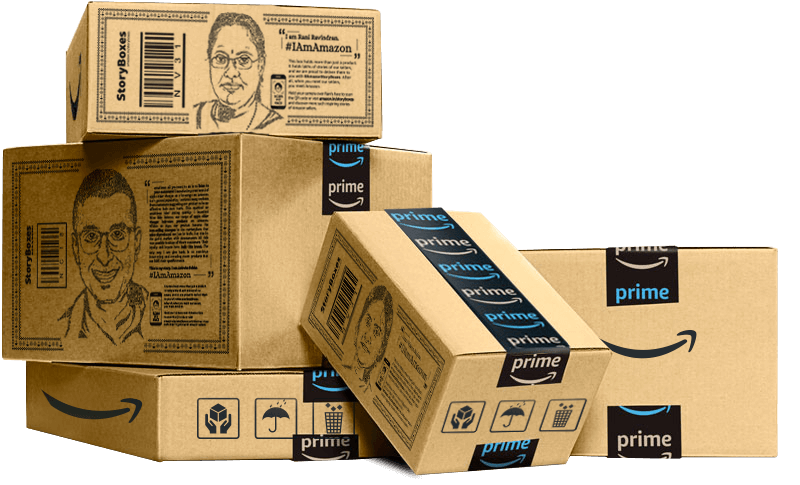
B2B businesses are building autonomy in their service: in sync with the times, B2B marketers are increasingly adopting digital self-serve tools for servicing their clients. Automated invoicing, auto-generated performance reports, chat-bots for resolving basic queries, self-explanatory dashboards to track KPIs etc. are becoming norms in B2B space.
Beyond optimizing cost and reducing complaint resolution times, these tools can also reduce inevitable errors from human inefficiency, thereby helping B2B marketers deliver a better and more predictable service.

Information asymmetry in B2B is progressively coming down: B2B clients are no longer limited by geographical proximity or personal relationships while trying to evaluate available options, checking on pricing, or validating a brand’s claims.
Platforms like LinkedIn can help a prospective client connect with an existing client in any part of the world to get feedback. Even a simple Google search can give access to references.
B2B marketers therefore need to focus on building a good digital footprint. Right ratings, reviews and testimonials on platforms that matter can become a matter of make or break for a high potential lead.

Brand building has become important even in the B2B space: There was a time when B2B firms could continue with their business while maintaining a low profile. Barring few exceptions most B2B firms have traditionally acted as an efficient but quiet Alfred to their Batman- the more celebrated and glamorous clients.
However, the times are changing fast. Building a B2B brand isn’t an option any longer; it has become a strategic compulsion for multiple reasons.
For one, the competitive clutter in B2B space is at an all-time high. Multiple players are vying for the same clients, putting more pressure on margins. In such a scenario, a positive brand reputation can help to justify price premium and avoid a race to the bottom.
Second, regardless of their rational behaviour, the decision makers in case of B2B marketing too are eventually human and humans always need talking points to justify their choice. A well-recalled brand can give talking points to stakeholders and smoothen the sell-in process.
Also, given the fast-changing landscape, every company needs high quality talent that can help it keep pace with the marketplace. B2B marketing firms are no exception. Brand reputation can act as a strong magnet to attract high quality talent and hence build a long-term moat.

Know your audience, listen to the experts
Back in 2013, Richard Ettenson, Eduardo Conrado, and Jonathan Knowles proposed a model they called SAVE to define B2B marketing strategy, that adapted the famous 4P model proposed by Kotler to B2B scenario (original article can be referred to here: https://hbr.org/2013/01/rethinking-the-4-ps)
For the benefit of our readers, here is a quick summary of the framework:
SAVE model postulated that traditional 4-P model could be limiting for B2B marketers as it doesn’t take into account the unique nuances of B2B marketing. It instead asked B2B marketers to shift their focus as below:
Instead of Product, focus on Solutions: Define offerings by the needs they meet, not by their features, functions, or technological superiority.
Instead of Place, focus on Access: Develop an integrated cross-channel presence that considers customers’ entire purchase journey instead of emphasizing individual purchase locations and channels.
Instead of Price, focus on Value: Articulate the benefits relative to price, rather than stressing how price relates to production costs, profit margins, or competitors’ prices.
Instead of Promotion, focus on Education: Provide information relevant to customers’ specific needs at each point in the purchase cycle, rather than relying on advertising, PR, and personal selling that covers the waterfront.
The SAVE model can be a valuable resource to guide brand building in B2B space in the contemporary world.
Case in point: Hubspot.
Hubspot started in 2006 as an inbound marketing automation software. It eventually expanded into CRM software for companies. Recognized widely as one of the industry stalwarts in this business, they started a buzz in the B2B industry around inbound marketing as the best way to build demand for products and services.
Solutions: Today, Hubspot has automation bundles for 5 verticals – marketing, sales, service, content management systems (CMS) and Operations. Each of these verticals is presented as a solution for respective customer needs – attracting the right audience, converting more customers, giving customers a personalized, secure experience, etc.
Specific product features that enable these solutions are also mentioned, but only when the customer wants to deep dive and know more. For a customer who can get easily overwhelmed by the technicality of SaaS products, articulating solutions in terms that they use regularly in their discussions simplifies decision making drastically.
All of these solutions are also supported by excellent customer service.
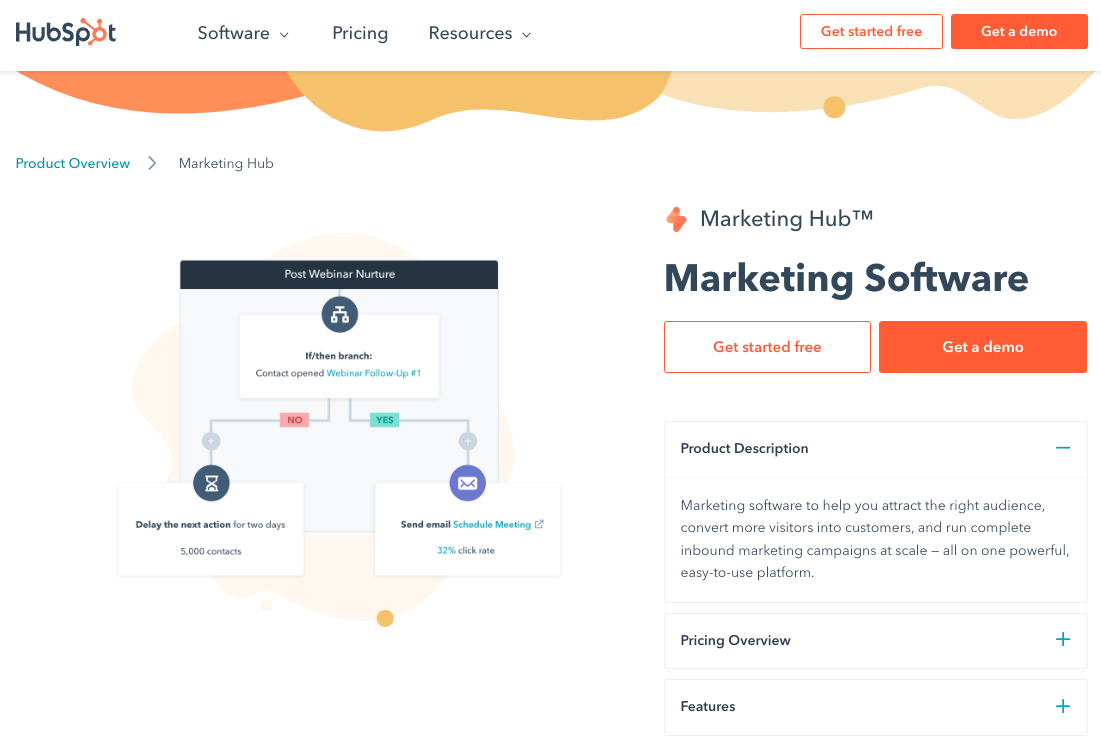
Access: Hubspot has set a benchmark for service in SaaS B2B space, offering customers continuous access to its services and solutions, instead of a discrete channel mindset. Always on customer support (both automated and human), hand-holding for onboarding and continuous education of services ensures that Hubspot customers can access Hubspot’s services and support anytime from any location, at whatever stage of purchase they are in.
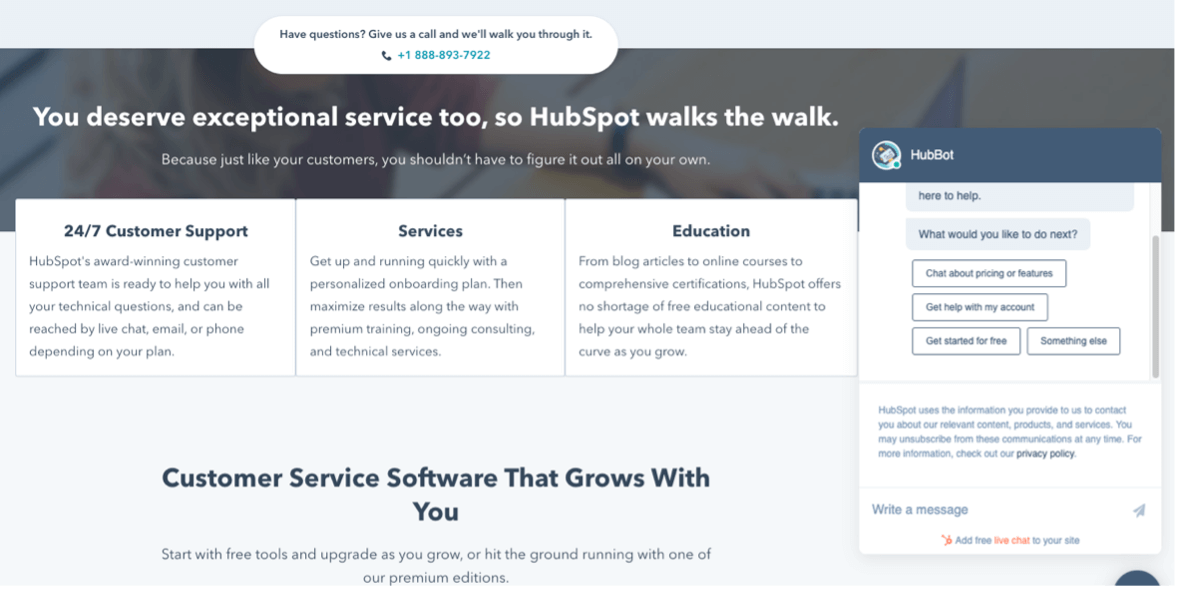
Value: Hubspot excels in providing talking points to its customers on the value its basket of services can provide them. In its sales pitch, Hubspot identifies its customers’ pain points across the entire acquisition funnel and clearly demonstrates how it can add value at each stage. Hubspot also supplements their claims with data. Hubspot is also flexible in its basket of services, with customers having the option of buying the whole suite or just component parts.
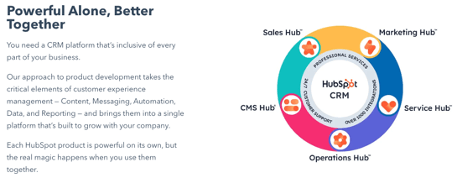
Education: Hubspot is a well-recognized industry leader in providing customer education across all aspects of the marketing funnel. Hubspot focused from the very early days on developing a strong content game, often hiring journalists to help create content to educate customers. Hubspot provides free marketing guides and e-books, as well as free module based education with certificates. Interestingly, upon graduation, customers often display these certificates on their LinkedIn profiles, thus adding to the legitimacy, awareness, and thought leadership of Hubspot.
In addition to the partner programs and developer tools content, Hubspot also nurtures a thriving community, and its community managers even get invited to attend Cannes, showing how well evolved Hubspot’s community programs are in the larger marketing ecosystem.
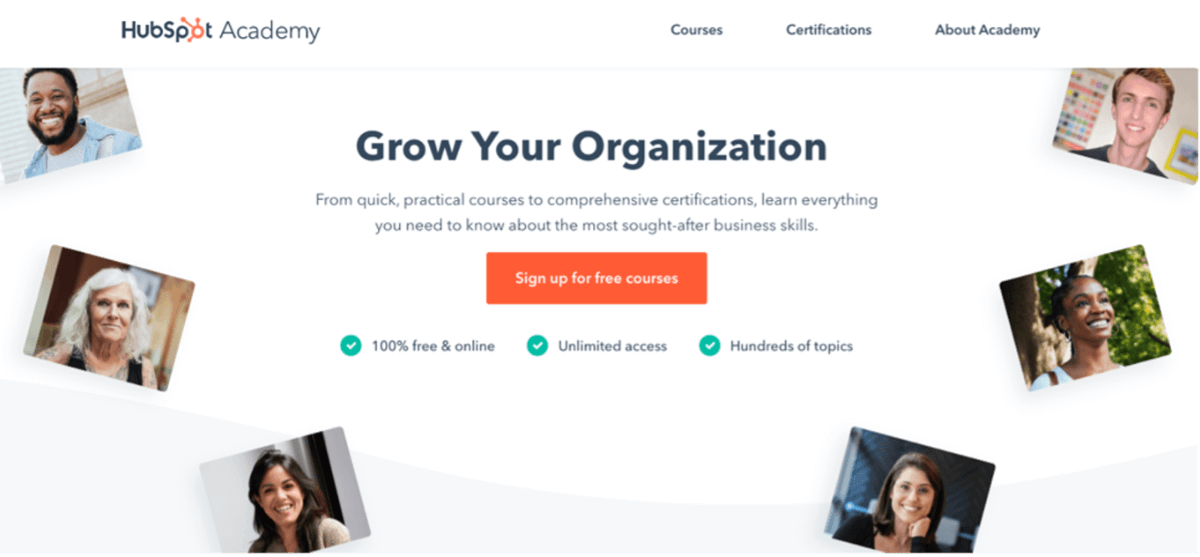

Summary
B2B marketing is no longer a ‘non-glamourous’ or ‘boring’ field for brand managers to be in. If anything, the unique nuances and emerging trends in this space throw interesting challenges that would inspire marketers to think out of the box to build an equity for their brand and enrich their learning.
Brand building in B2B space takes many interesting forms and the digital revolution has offered a rich scope to engage with clients on a continuous basis. We are hopeful that in the future we will see many more powerful B2B brands emerging from India that would set new paradigms in this space.
What is your take on B2B marketing? Have you seen any B2B firm in India or abroad that has done a good job at brand building? As usual, keep the discussion flowing at freeflowing@winnerbrands.in
